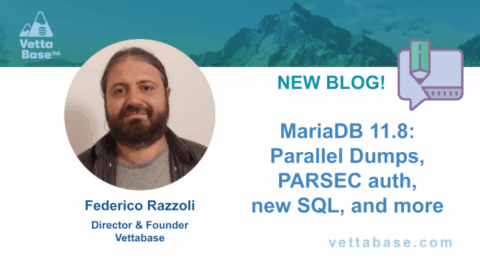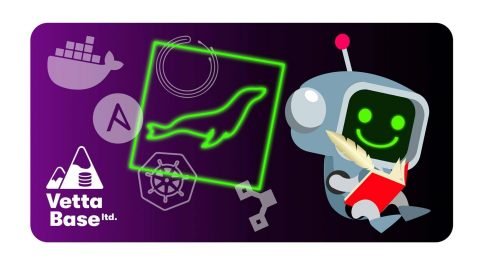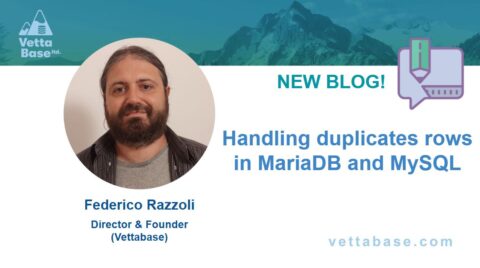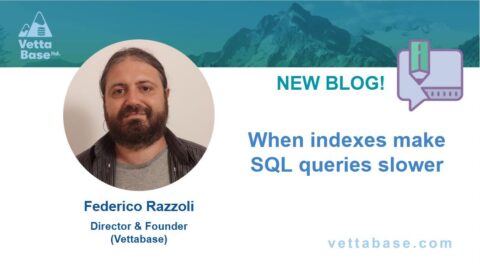MariaDB released a new Long Term Support version as Generally Available: 11.8. I always review MariaDB LTS ...
You have a beautiful application, but a page is slow. After some investigation, you find out that a query is ...
Vettabase is a MariaDB Foundation partner. We contributed documentation about automating MariaDB deployments and configuration management.
Running any production database deployment in the cloud requires careful consideration of both performance and ...
Most tables have a concept of "duplicate rows", where duplicates should never be allowed. Typical examples ...
During our SQL optimisation training courses, I always stress the need of understanding how databases run SQL ...
MariaDB SEQUENCE is a storage engine that generates a sequence of positive integer numbers. However, in this ...
MariaDB supports stored procedures written in procedural SQL. Which essentially means "SQL with IF's and ...








